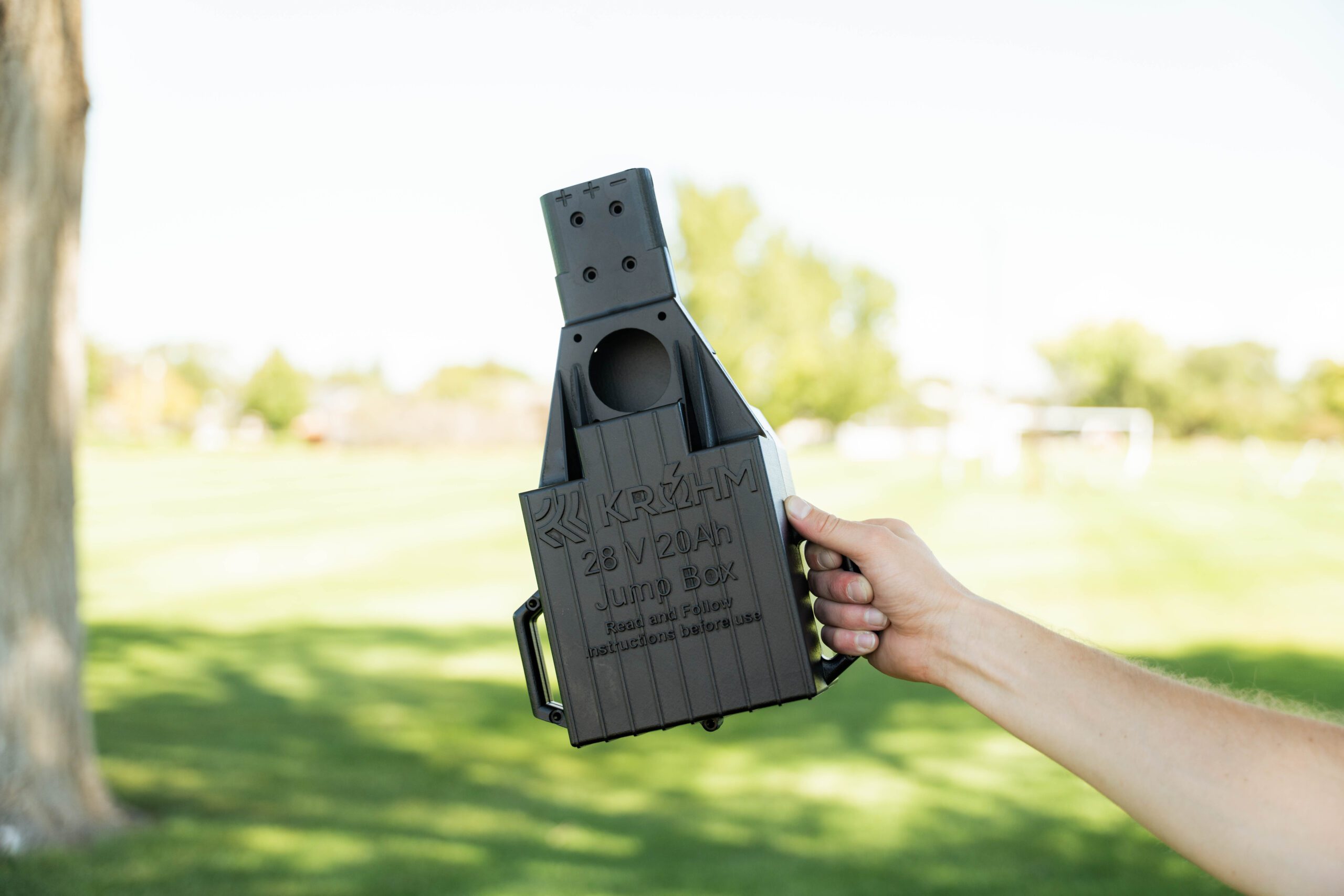In recent years, 3D printing has emerged as a transformative technology with the potential to revolutionize the manufacturing industry. Also known as additive manufacturing, 3D printing allows for the creation of complex and customized objects by building them layer by layer. This innovative approach has sparked a debate about whether 3D printing will replace traditional manufacturing methods such as machining, milling, lathes, and CNC. In this article, we will explore the advantages and limitations of 3D printing, its current and potential applications, and discuss whether it has the potential to replace traditional manufacturing.
Understanding 3D Printing
How Additive Manufacturing Works
3D printing is a process that begins with a digital design of an object. This design is then sliced into thin layers, which are sequentially printed on top of each other to create a three-dimensional object. The printing material, known as filament, is typically a thermoplastic polymer that is heated and extruded through a nozzle. As the material cools down, it solidifies and forms the desired shape.
Advantages of Additive Manufacturing
One of the key advantages of additive manufacturing is its ability to create complex geometries that are difficult or impossible to achieve with traditional manufacturing methods. This allows for the production of customized and personalized products tailored to individual needs. Additionally, 3D printing offers faster prototyping and reduced lead times compared to traditional manufacturing. It also minimizes material waste since only the required amount of material is used in the printing process.
Limitations of 3D Printing
While 3D printing offers numerous advantages, it also has some limitations. One of the main challenges is the limited range of materials that can be used for printing. While thermoplastics are commonly used, other materials such as metals and ceramics are more challenging to print with. Another limitation is the speed of the printing process. 3D printing is generally slower compared to traditional manufacturing methods, which can impact large-scale production.
Current Applications of 3D Printing
Prototyping and Product Development
3D printing has revolutionized the prototyping and product development process. It allows designers and engineers to quickly iterate and test their designs before committing to mass production. With 3D printing, complex prototypes can be produced in a matter of hours or days, accelerating the product development timeline.
Customized Manufacturing
One of the most significant advantages of 3D printing is its ability to enable customized manufacturing. Traditional manufacturing relies on economies of scale, producing large batches of identical products. In contrast, printing allows for the production of unique and personalized products at a comparable cost. This capability is particularly valuable in industries such as healthcare, where customized medical devices and prosthetics can be tailored to individual patients.
Spare Parts and On-Demand Manufacturing
3D print offers the potential for on-demand manufacturing and the production of spare parts. Instead of maintaining large inventories of spare parts, manufacturers can store digital designs and print parts as needed. This reduces storage costs and eliminates the need for long lead times associated with traditional manufacturing processes.
The Future
Advancements in Materials
One of the key areas of research and development in 3D printing is the expansion of available materials. While thermoplastics are currently the most commonly used materials, advances in additive manufacturing are enabling the use of metals, ceramics, and even biocompatible materials. This opens up new possibilities for applications in industries such as aerospace, automotive, and healthcare.
Increasing Print Speed and Scale
To compete with traditional manufacturing methods, 3D printing technologies are continuously advancing to increase print speed and scalability. Innovations such as multi-nozzle systems and parallel printing enable faster production times, making 3D printing more viable for large-scale manufacturing. As print speed and scalability improve, the potential for 3D printing to replace traditional manufacturing methods becomes more realistic.
Integration of 3D Printing in Traditional Manufacturing
Rather than completely replacing traditional manufacturing methods, 3D printing is likely to find its place as a complementary technology. Hybrid manufacturing approaches, where 3D printing is combined with traditional methods, offer the best of both worlds. For example, 3D printing can be used to create complex components, while traditional methods are employed for bulk production. This integration allows for increased efficiency and flexibility in the manufacturing process.
What’s the Conclusion?
In conclusion, while 3D printing has the potential to revolutionize the manufacturing industry, it is unlikely to completely replace traditional manufacturing methods. Instead, it offers unique advantages such as customization, rapid prototyping, and on-demand manufacturing. As advancements continue to be made in materials, print speed, and scalability, 3D printing will become more integrated into traditional manufacturing processes. The future of manufacturing lies in the synergy between 3D printing and traditional methods, enabling greater efficiency, customization, and innovation.
JawsTec, the best 3D printing service, is at the forefront of embracing the future of 3D printing. With its commitment to delivering high-quality products and services, JawsTec utilizes the latest advancements in additive manufacturing technology. By leveraging the advantages of 3D printing, JawsTec offers customized solutions, faster prototyping, and on-demand manufacturing. With its expertise and dedication to innovation, JawsTec is poised to shape the future of manufacturing through the utilization of 3D printing.
For more information about JawsTec’s cutting-edge 3D printing services and to experience the 3D printing of the future, visit JawsTec.

0 Comments